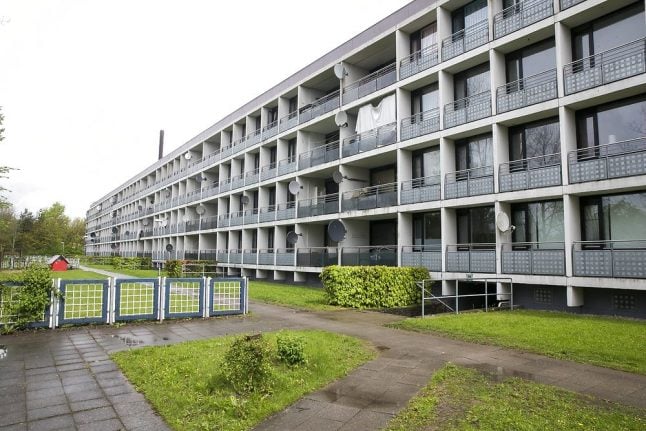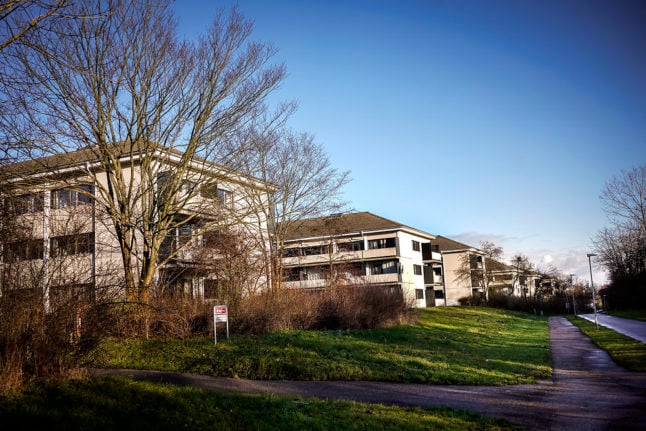Aarhus Municipality and Brabrand Boligforening, the administrator of the subsidized housing, reached an agreement on Monday over development of the area, the municipality announced.
“It is clear that this will be a major intervention in people’s everyday lives. Affecting their housing situation is something which must be done with great care,” Aarhus Lord Mayor Jacob Bundsgaard told Ritzau.
“That’s why we have ensured that all those affected will be given suitable housing which meets their needs,” Bundsgaard added.
Residents will be informed on Tuesday evening whether their homes are the ones to be demolished, and whether they are to be permanently relocated, Ritzau reports.
The agreement between the municipality and housing association is part of required compliance with the so-called ‘ghetto plan’, a legislative package passed by parliament last year.
In accordance with the new legislation, the proportion of subsidized family homes in specified areas termed ‘ghettos’ by the government must be no more than 40 percent by 2030.
READ ALSO:
- Danish parliament passes contentious 'ghetto plan'
- The criteria Denmark uses to classify neighbourhoods as 'ghettos'
Bundsgaard’s party, the Social Democrats, voted in favour of the bill which provides for the plan.
“We would have acted [to redevelop socially underprivileged housing areas] in any case. But it is clear that this very strong demand made by a broad majority in parliament has ensured this has fallen into place and we can move on with the next stage,” the mayor said.
Critics of the plan to develop marginalized housing areas say that tearing down homes will only serve to move social challenges from one place to another.
“How do you provide a helping hand by either selling or demolishing housing? There are people in this country who can’t just go out and buy themselves an apartment,” Pernille Skipper, lead political spokesperson with the leftwing Red-Green Alliance party, said when the plan was passed by parliament in November.
People living in areas defined as ‘ghettos’ last year told The Local that they felt their views on the issue were being overlooked, and that their local areas did not deserve the stigmatising label.
READ ALSO: 'Ghetto plan' unlikely to solve problems faced by underprivileged areas: residents
A total of 600 homes – 400 in Gellerup and 200 in Toveshøj – will be torn down, with new builds providing for 9,000 people to live in the area by 2030, an increase in relation to the current 5,000 residents.
Bundsgaard said the aim of the redevelopment was to “create a more attractive district”.
“The reality today is that we have a residential area where we are not creating the same opportunities for children or young people to succeed as there are elsewhere in Aarhus,” he said.
“That’s why we must make some significant interventions to succeed,” he said.
The Gellerup housing will be demolished between 2020 and 2024, while a decision on which homes in Toveshøj face demolition will be taken in 2023.
The development plan must be rubber-stamped by the city council and representatives of Brabrand Boligforening prior to being sent for approval by the Ministry of Transport, Building and Housing by June 1st.



 Please whitelist us to continue reading.
Please whitelist us to continue reading.
Member comments